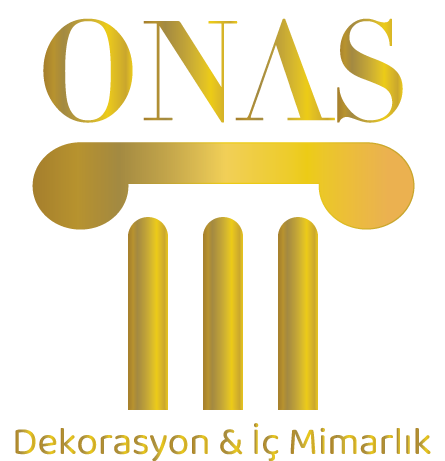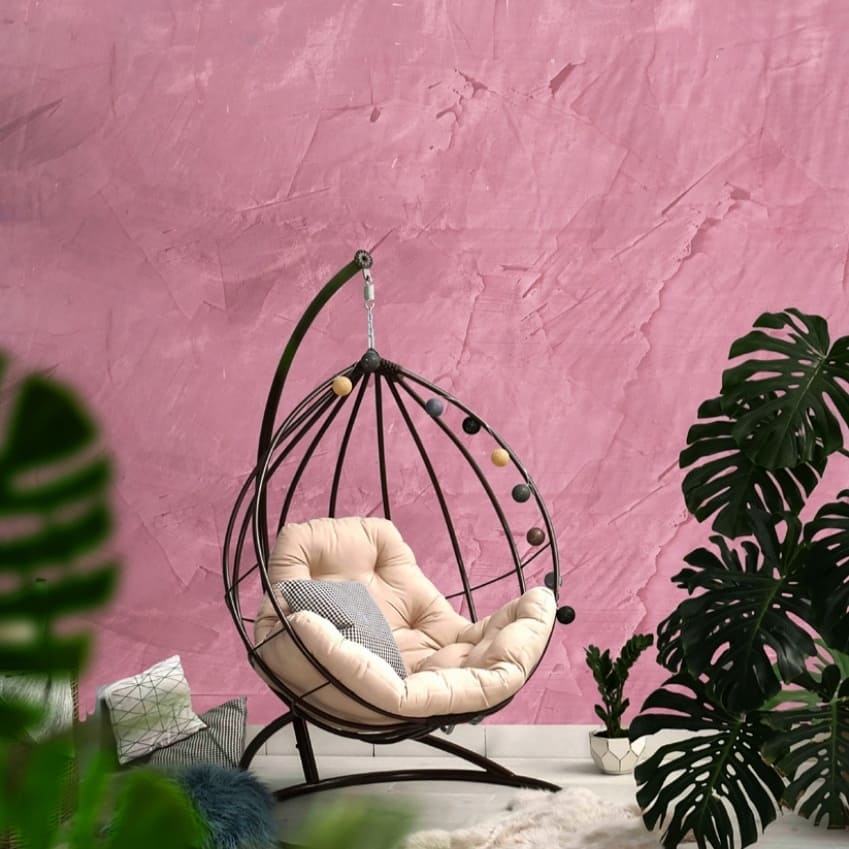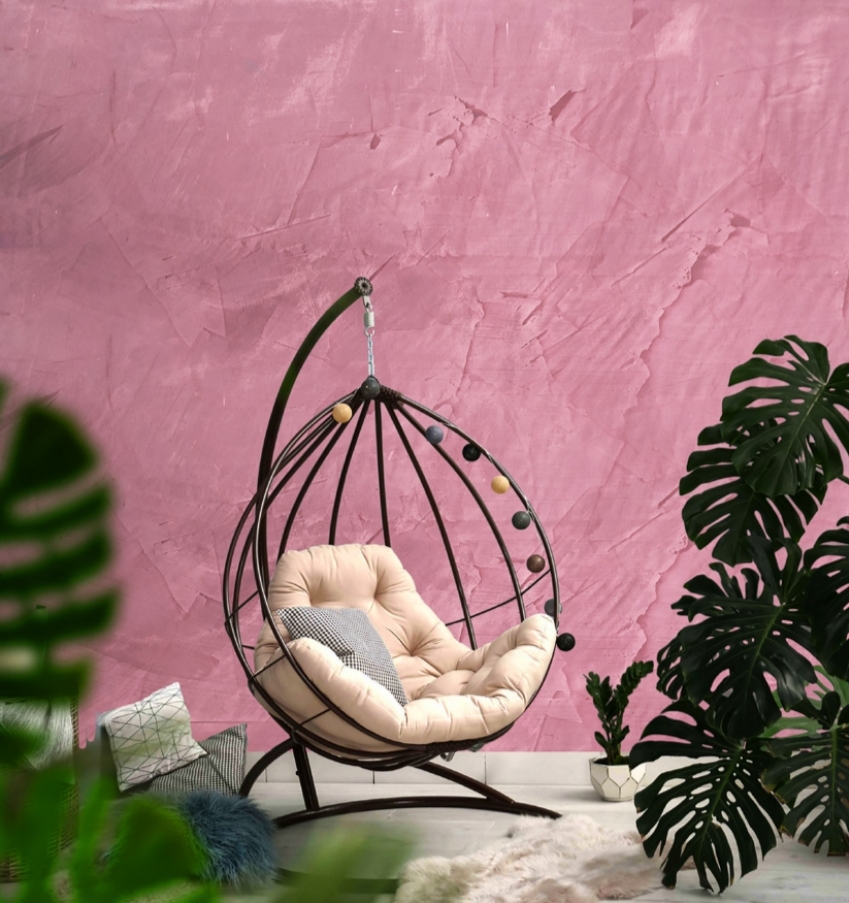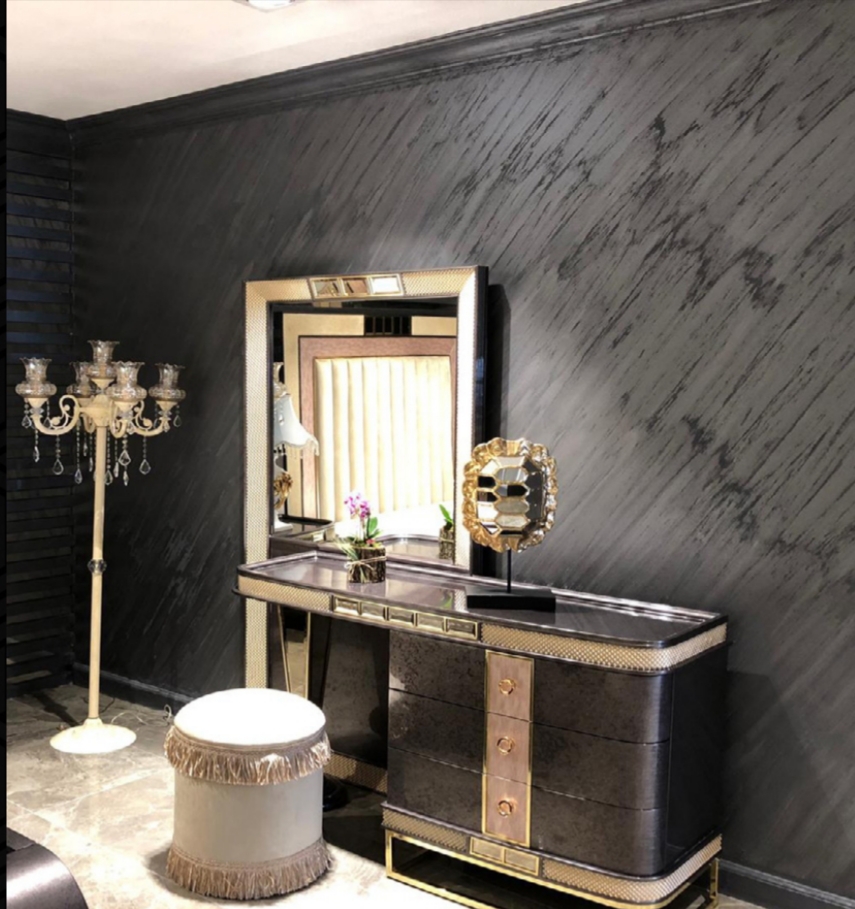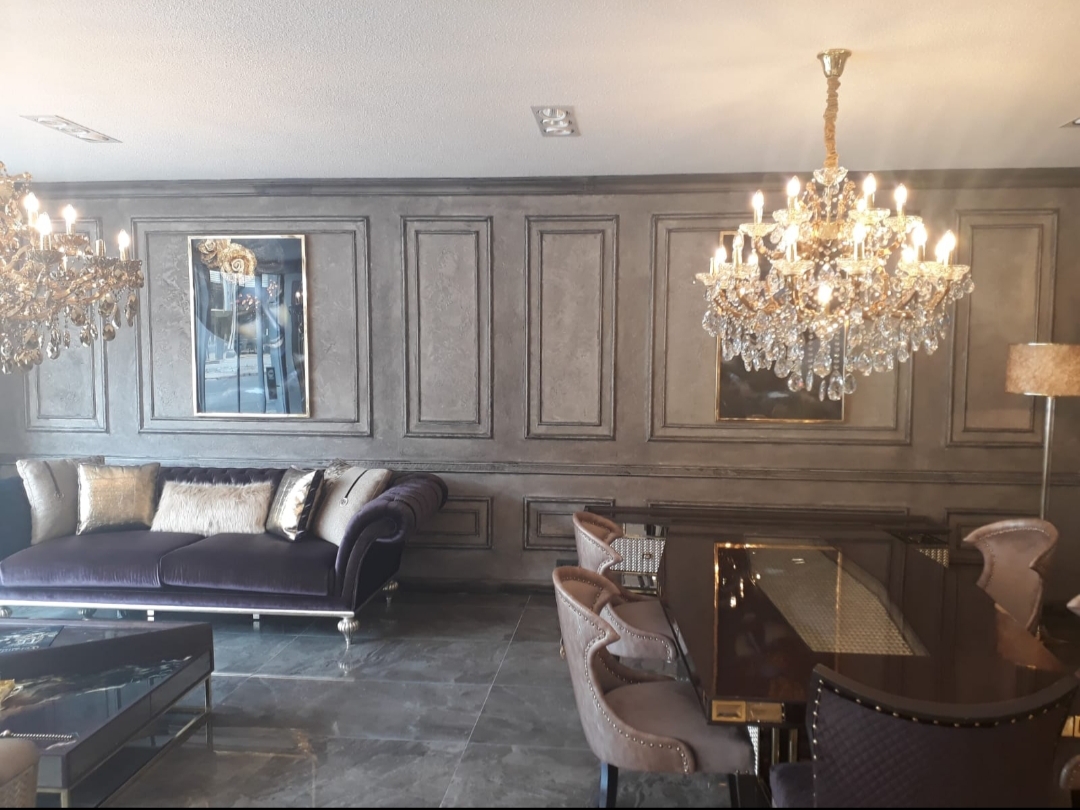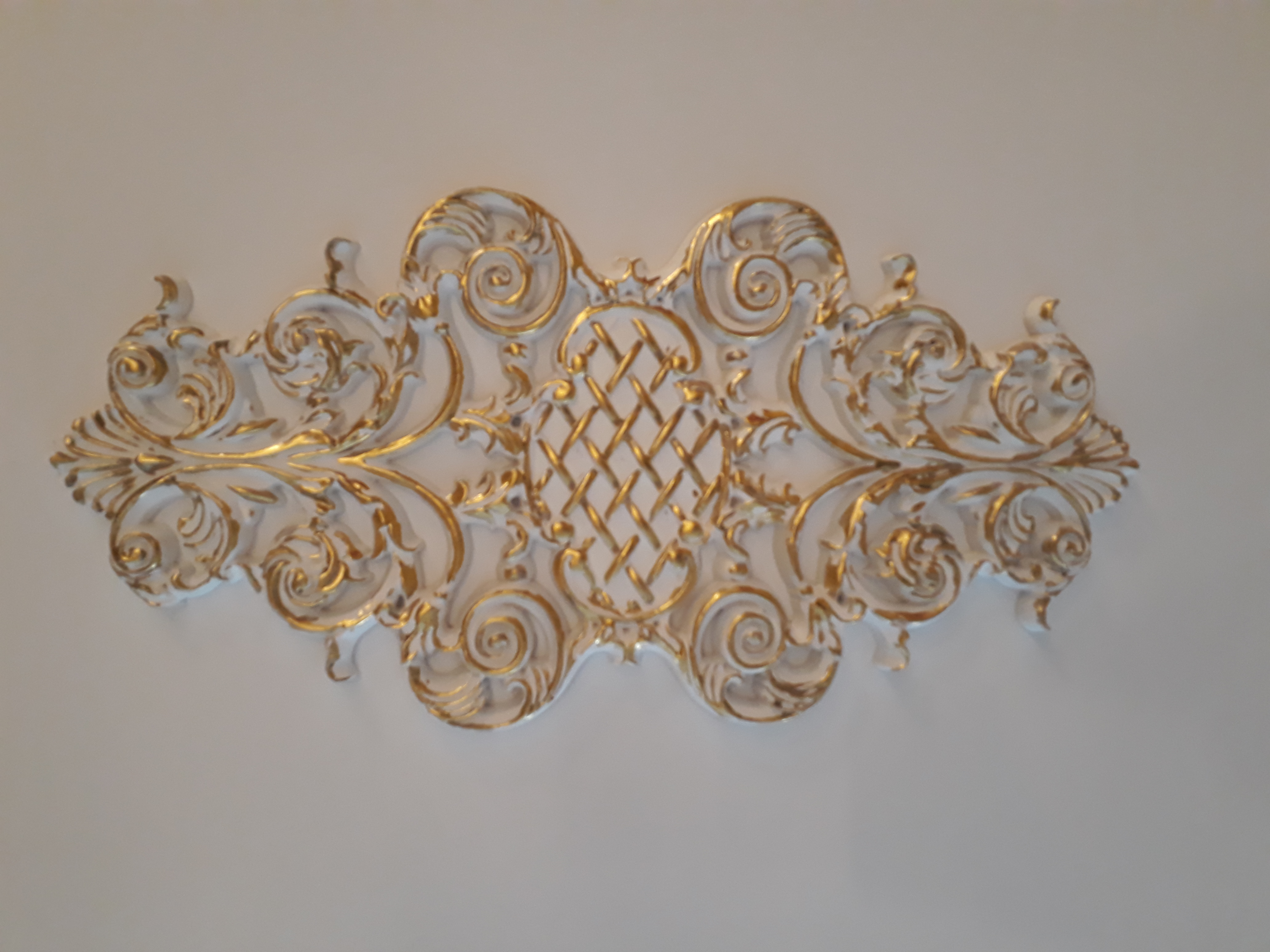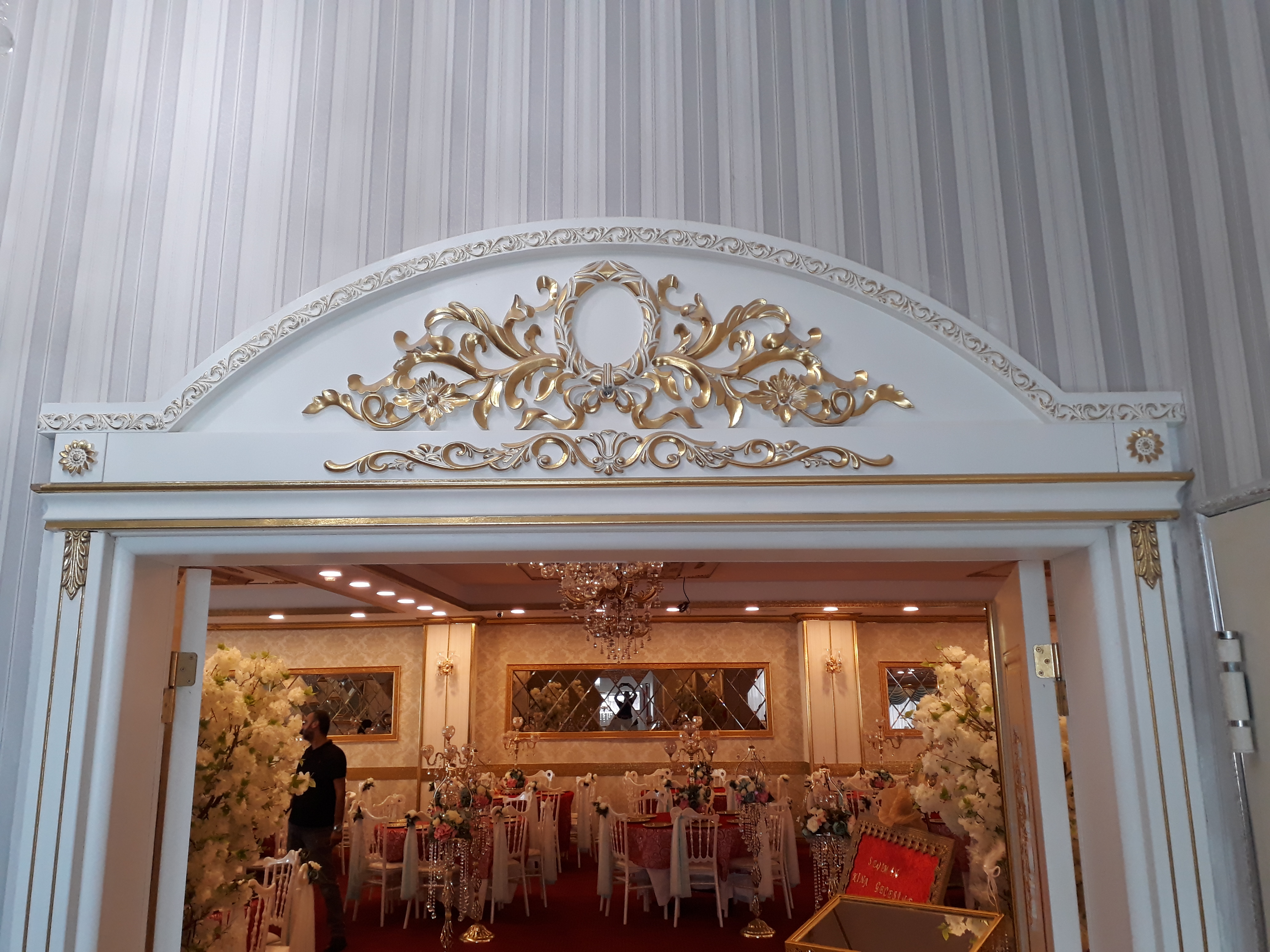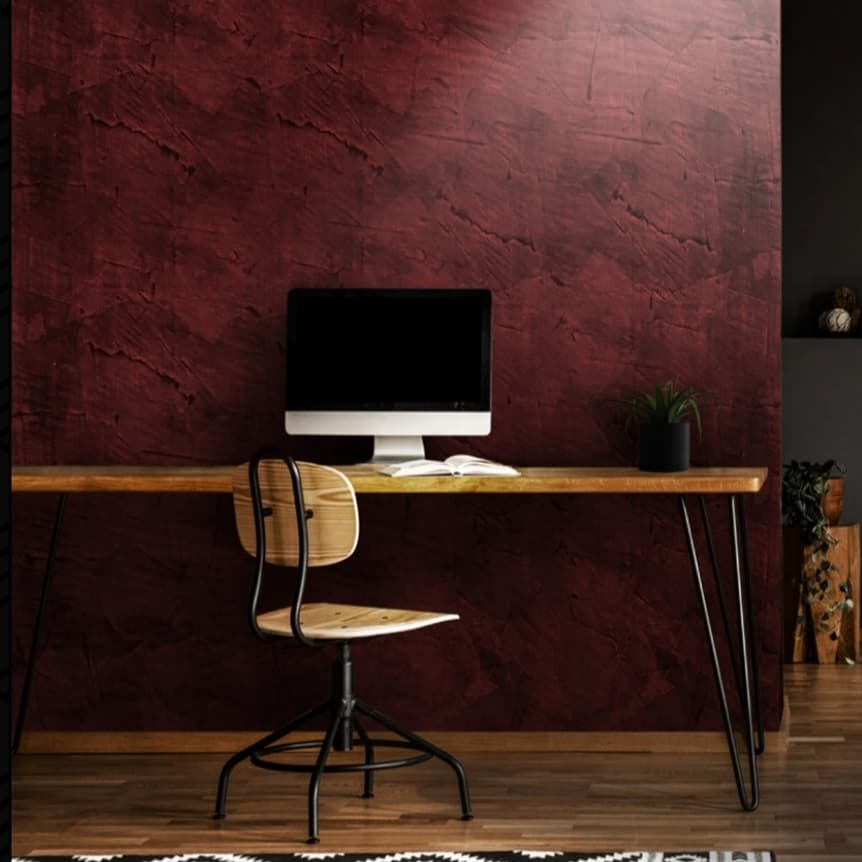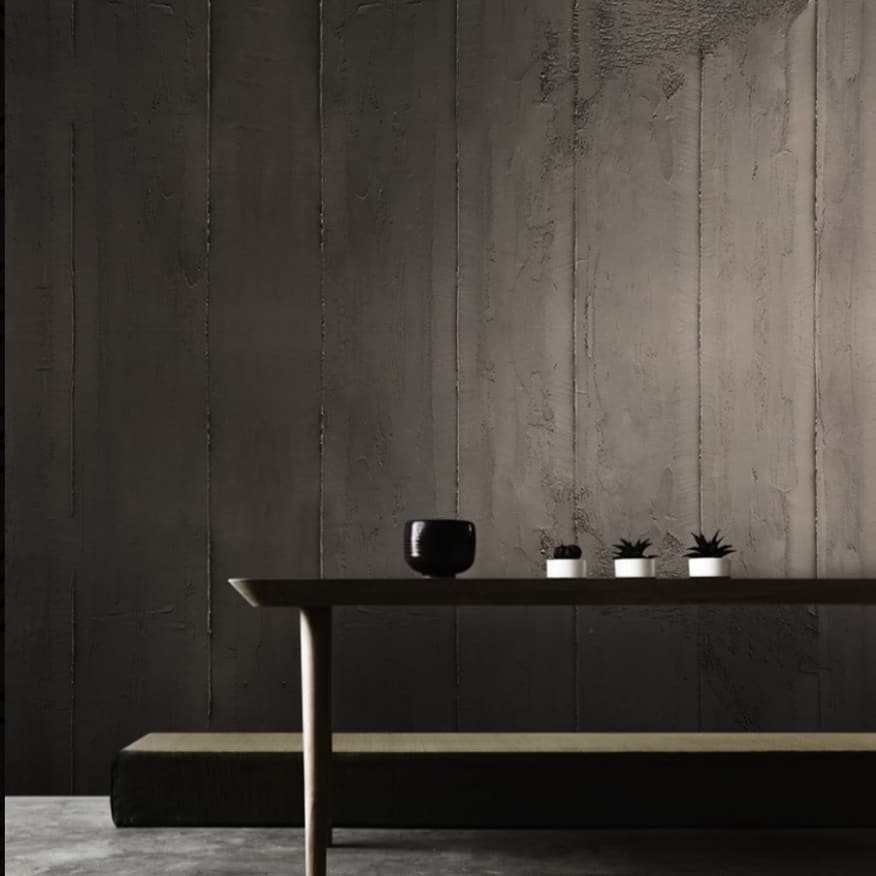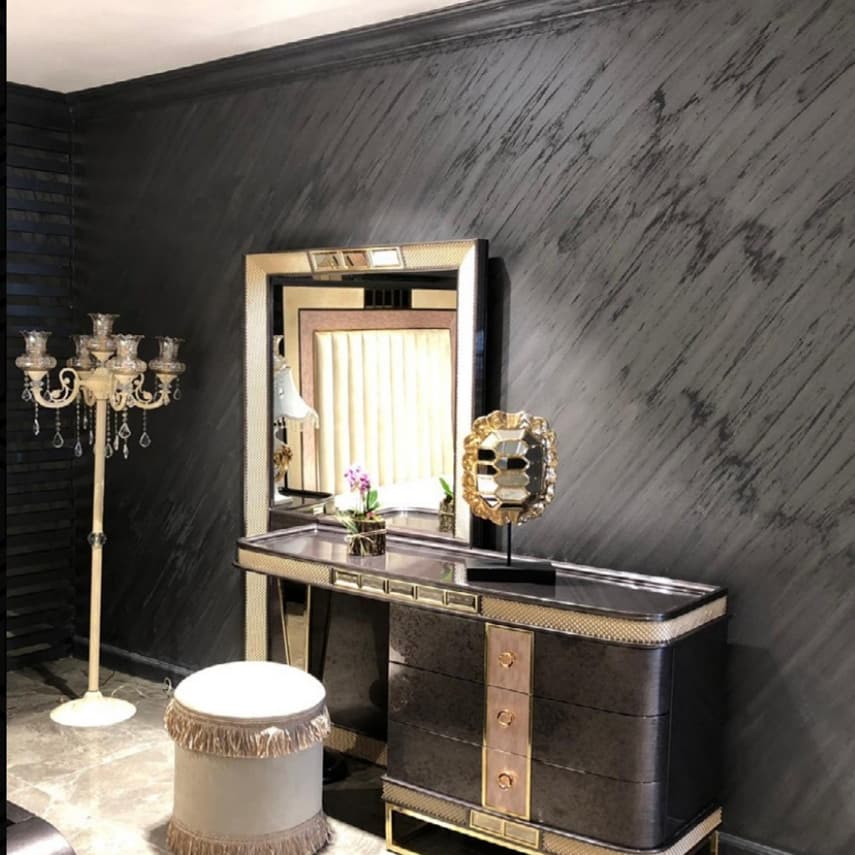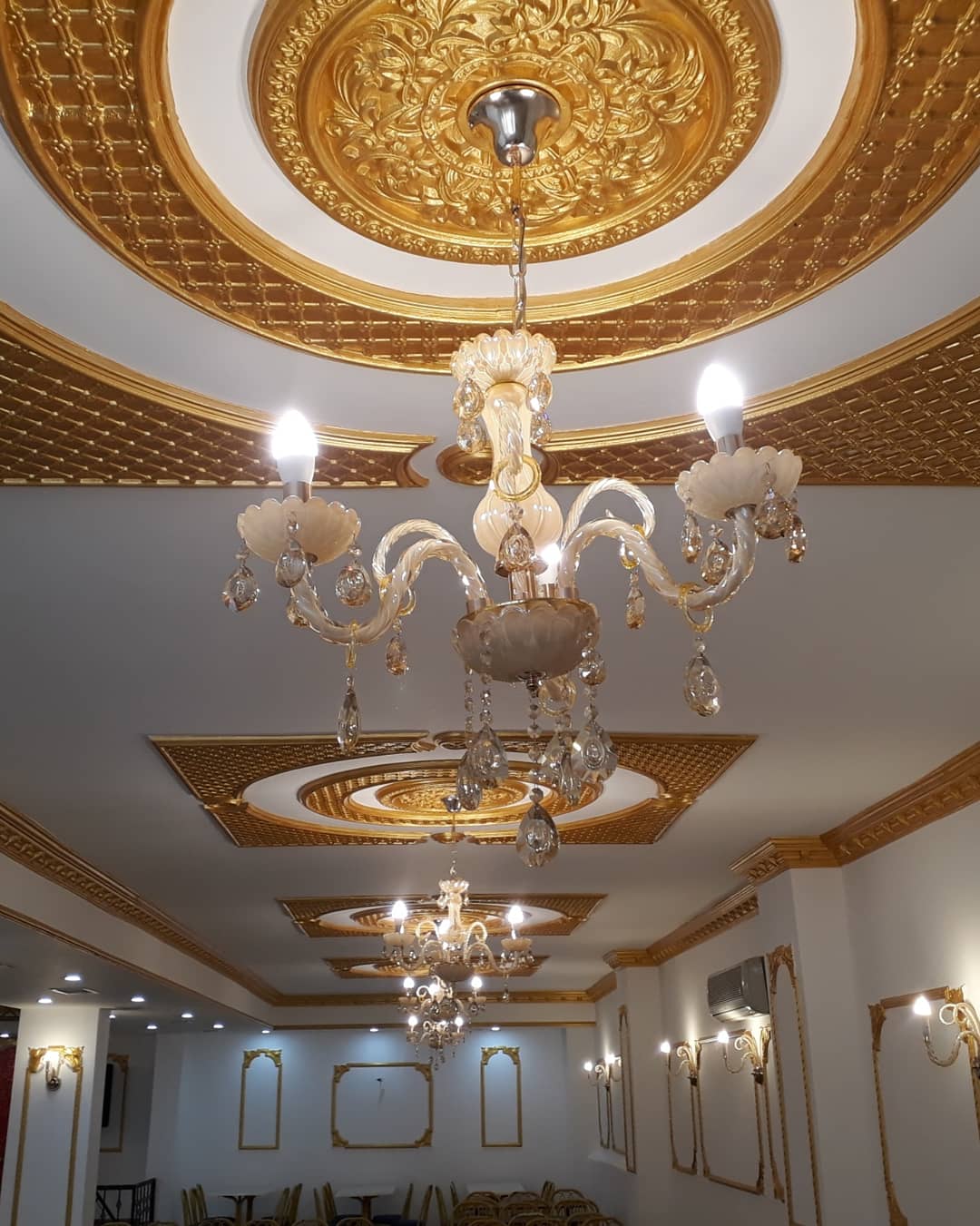OUR PRODUCTS
FOIL ITALIAN PAINT
Whatsapp OrderFOIL & ITALIAN PAINT
Gold leaf is obtained by pounding the gold mine into very thin leaves. Varak means leaf in Arabic. Although these leaf golds are available in many different karat grades, they are generally 22 carat and have been released in notebooks. However, because the gold mine is scarce and very valuable, imitation gold leaves have been produced, which can be used instead of pure gold leaf.
These leaves are used for decoration purposes in many branches of art, especially ceiling decorations. Leaf gold, which is a frequently preferred application especially in traditional art branches such as illumination, calligraphy and miniature, is also applied to different surfaces with different techniques such as restoration, decoration, binding, upholstery. In this article, we will evaluate in which areas and in what ways gold leaf material is used.
Where and How Is Gold Leaf Applied?
As we mentioned, illumination, which is a traditional Islamic decorative art, comes to mind first when gold leaf is mentioned. Tezhip literally means to gild. In the art of illumination, gold leaves are generally used by smashing with fingers together with gum arabic in a bowl, then filtering from water to obtain pure gold pigments and transferring this gold paint onto paper with a brush, together with a thin glue called gelatin obtained from animal bone. The gold crushing process transforms the gold leaf into pure gold paint, which is called crushed gold. This golden paint, which is applied to the floor with illumination brushes, takes on an extremely lively and bright glow on the floor. With the help of the seal made of agate stone, the gold paint that dries is sealed, increasing the brightness of the gold paint and providing better adhesion to the floor.
Restoration is another major area where gold leaf is used on very different surfaces. Many old buildings, furniture, flooring, and aging structures that use gold, such as paintings, regain their elegant appearance in the period they were built, thanks to restoration techniques and the transfer of gold leaf to aging surfaces. Many people decorate their home furniture or ceiling tiles with imitation gold leaf. The transfer of gold leaf to a surface in the form of leaves is done with milk micrion or other micturition glue types specially produced for this work.
Gold leaf leaves, which are placed in blocks on the glued surface, are fed onto the surface with the help of a floor brush. After it dries, it is brushed and cleaned and the gold leaf is transferred to the surface in a clean way. The point to be considered during this process is that the working surface and the environment are not dusty and there is no air flow in the work area in order for the adhesion to take place efficiently. Afterwards, the surface on which the gold leaf application is made is polished with a natural polish called shellac or a different polish suitable for this work, and its vitality is ensured for many years. Natural polish called shellac is generally used on gold leaf applied on furniture.
Italian decorative paint is one of the most trendy paint types of the last period. It has a very colorful structure, so it adds a very different atmosphere to the environment it is in. It stands out especially with its resistance to soles. So what are the other features and how are they applied?
What are the General Properties of Italian Paint?
Italian paint can be easily used in facade cladding as it is washable. In fact, it is often preferred in public areas recently. Because it has a unique color, light and nuance. It has different patterns and color tones. Optionally, the wall can be painted with metal or gold-plated air. The biggest reason why it is preferred is that it reflects 3D color effects in purple light and in places with BLB type bulbs. These effects can be hidden according to the person's request and only appear with special lights.
